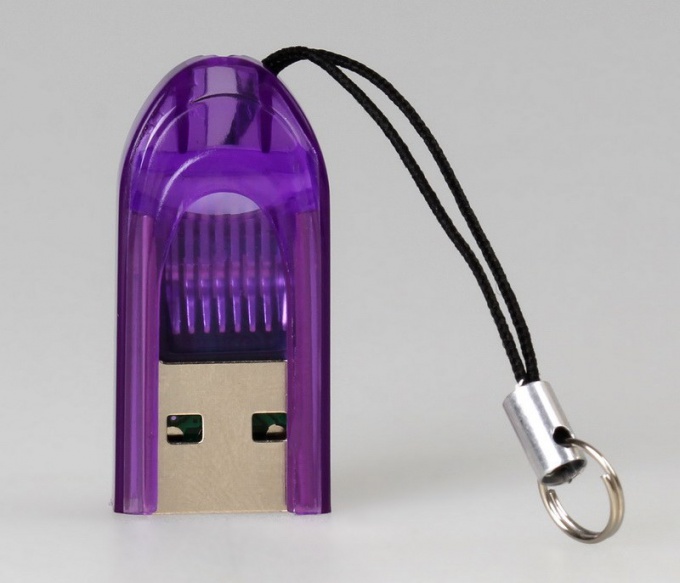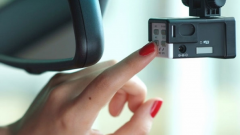Why you need a card reader?
Card reader is multiperiodic designed to read data from memory cards. Memory cards used in mobile phones, cameras, PDAs and other devices. Immediately the question arises, why do we need this reader if you can read the information and using the USB cord that is standard on all devices. But the readers has its advantages.
When transferring data using a card reader the read speed information will be at least 6 MB/s data transfer using USB cable usually comes with a speed of 300 KB/s. That is, the speed of reading the files through the card reader 20 times more than via cable.
The second advantage is the convenience and practicality of the reader. Typically, when connecting different devices via USB cable need to install drivers or additional programs that the computer could identify them. It's not always convenient, especially if you have more than one computers and many digital devices. When you connect the reader with no such problems, and inserted memory cards appear as separate removable drives.
Moreover, the connection of any device (e.g. phone or camera) via USB cord has a negative impact on the battery and reduces its lifespan. When using a card reader the problem does not exist, as in this case, you use only the memory card device.
Choosing the reader, you also need to pay attention to the number of supported types of memory. The more different memory cards can support the device, the lower the data transmission speed and higher price. Therefore, to choose readers wisely.
What are the readers?
Depending on the connection method, the readers are divided into 2 groups: external and internal. Internal card reader will be useful to PC users because it is inserted inside the system unit in place, which is given to the drive. Also, it is called a built-in card reader. Since wearing such a device will be problematic (you need to constantly connect and disconnect it inside the system unit) using internal CardReader better on your home computer.
Popular now considered as external card readers. This device is more compact and connects to your computer (or laptop) via a USB cable. In size it is comparable to a normal USB flash drive that allows you to carry it even in your pocket.



